Casual craft: How a Real McCoy’s leather jacket is made
October 18, 2024BruceDayneCasual craft: How a Real McCoy’s leather jacket is made
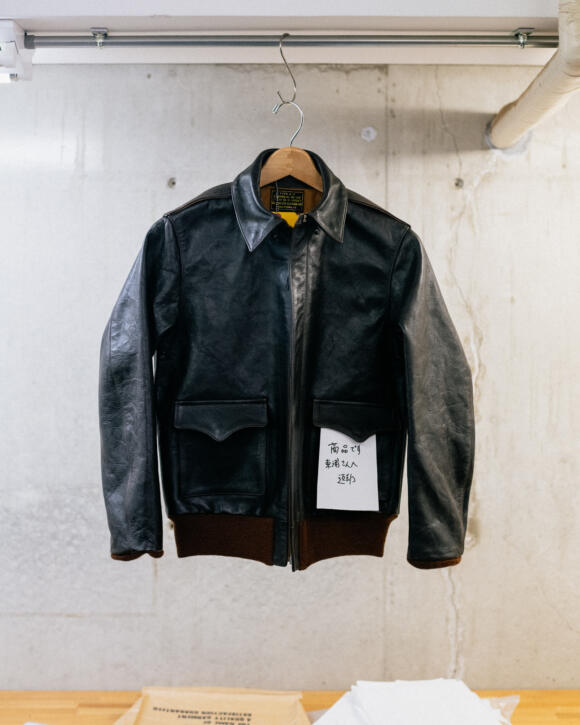
Casual clothing like jeans or a leather jacket require rather less craft than a bespoke jacket or shoes. There isn’t the same amount of precise handwork, or the visual engineering required to cut cloth perfectly around our imperfect bodies.
But that doesn’t mean there’s no craft, and often in discussions of casual clothing this gets ignored in favour of style or materials. We’ve covered it now and again - for example here with jeans - but I’d never seen much of it, so it was useful to see how Real McCoy’s makes its leather jackets, when we visited their worksop in Kobe.
Why should you care, I hear you ask? Maybe that’s just my paranoia, but I feel people sometimes glaze over at this kind of factory-visit story today. They were so popular back in the 2000s, when everyone became obsessed with heritage and craft; these days it’s easy to feel you’ve read them all before.
I think you should care because making information like this gives you a deeper understanding of the clothes you wear. It means you appreciate why the jacket feels a certain way, or it reveals an aspect of it you’d never noticed. It’s richer as well as deeper.
Something I hadn’t appreciated was how a well-made leather jacket uses different parts of the skin for different parts of a jacket, depending on the functionality required.
So you want a thicker, solid piece for the chest, but a stretchier one for the back of the sleeve. Orientation is important too - the grain should run along the piece used for the back of the neck, for example, rather than across it.
It's all quite reminiscent of tailoring, and how canvas is used on the bias in some places to create stretch, but straight in others to hold shape.
And as with shoemaking, this selectivity in the leather makes the product disproportionately expensive. Not only are you ordering the finest raw material available, you’re only using select parts of it, so you might be using half as much of something that costs twice as much.
The jackets we saw made were mostly horsehide models that McCoy’s is well known for. They were the first thing they started making (specifically, the A2, shown top) and have remained a signature since.
All these jackets are made in a single workshop in the Kobe HQ, which we covered extensively here (it’s an amazing piece - worth a read). Very little production is done there, as the products are so diverse and Japan is traditionally very non-integrated, so it’s significant that this is the one thing entirely made on site.
The repairs are also done here. “That’s important with a leather jacket because you need to use the same stitch holes as you did with the original production. It weakens the piece too much otherwise,” Kent Tsujimoto told us. Kent, pictured above, is the son of the McCoy's founder and head of production.
Companies like The Real McCoy’s deliberately recreate the quality of historic pieces, like those A2 flight jackets. But there’s always an interesting tension between the authentic techniques and better, modern ones.
For example, the deerskin leather jackets that are pictured above have a different seam to the A2. Theirs are made by folding back the leather on either side, then taping the inside to reinforce it and sewing over the top. (Second image above).
With the A2s, one piece of leather runs on top of the other, and only the top piece is turned back. This requires skiving (thinning the edge). “That’s part of the character of these jackets - we also use sewing machines from the 1930s to the same end,” says Kent. “Whether it was stronger or not, you wouldn’t want to change that.” (First image below.)
But other things are updated. The J24 biker jacket, for example, always had a problem with its pleated back. The bottom was secured with a single stitch, doubled back, and after a few years it would always split. So the McCoy’s model uses three stitches, but does them by hand on top of one another, so it still looks like a single stitch. (Second image below.)
That’s a tension we covered previously with jeans: Blackhorse Lane consciously updates its techniques to make stronger, cleaner-looking jeans, where most others just replicate traditional ones.
Personally I’m not that fussed about the difference, as the way jeans age and start to fall apart, and then are repaired again is a big part of the charm. (I like Blackhorse for other reasons - style, its MTM.) But I can see the argument for modernising more with those panels of the leather jacket.
In a lower room of the building we also met the McCoy’s chief pattern cutter. One of Rei Kawakubo’s right-hand men, who moved to Kobe to be nearer his family, he was interesting in a few different ways.
For example, patterns have to be changed for modern styles and bodies in the same way as manufacturing. But the end product has to look essentially the same - so there is a similar tension there.
The point that stuck out for me, however, was how hidden some historic production techniques can be. For example, it was only when the cutter took apart a particular US deck jacket that he realised some models had a layer of rayon on the inside, presumably for wind protection.
“So we started incorporating that too,” says Kent. “It’s why you can hear a slightly rustling sound inside some of the vintage ones, where that layer has come loose.”
I’m not sure I’d ever wear a J24 jacket or an A2 - a sports leather jacket like the McCoy’s 30s model would be more my speed, and even then I've talked before about my vintage one and the qualms I have about it.
But I would wear a deck jacket, and if I was going to buy one for this winter, it would likely be McCoy’s. In fact I did some styling for Clutch cafe last year in one (size 42, above). So if I do, this kind of information will deepen my appreciation of it. I hope for some readers out there, it does too.
Remember, all brand articles can be found on the brand’s dedicated page. See the Brands homepage for a full list - the search field at the top is usually the best way to find a particular one.
DMTBeautySpot
via https://dmtbeautyspot.com
Manish Puri, DMT.NEWS, DMT BeautySpot,
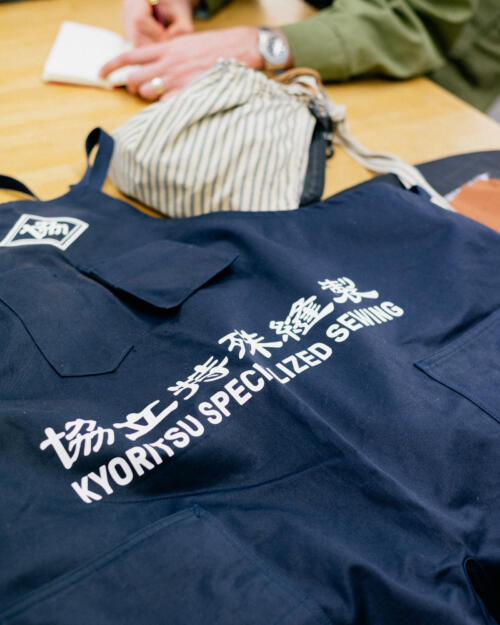
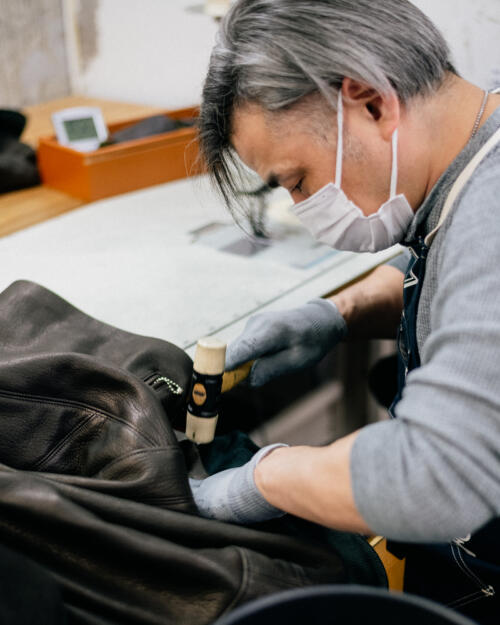
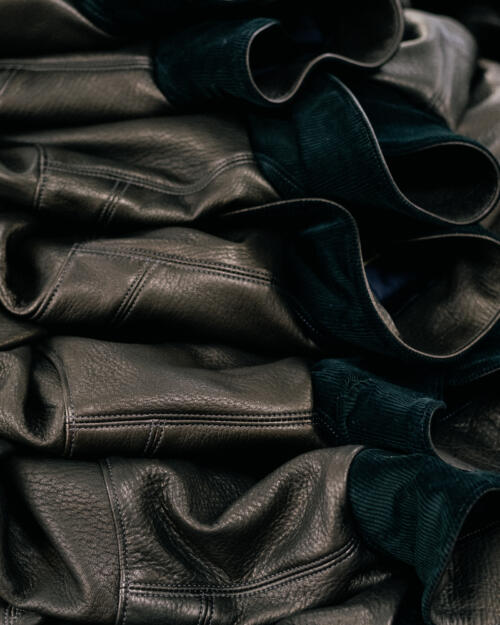
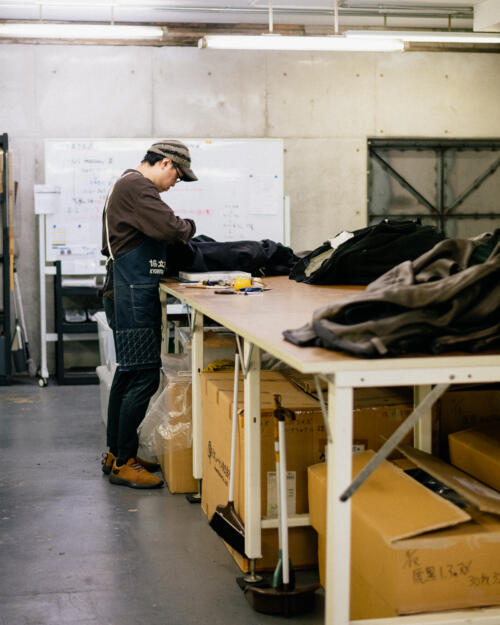
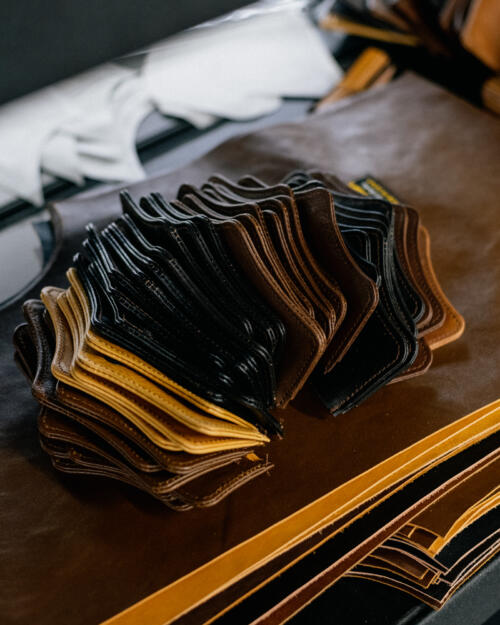
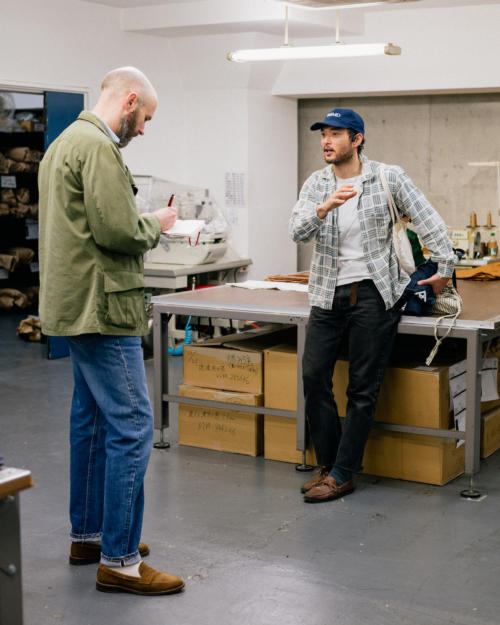
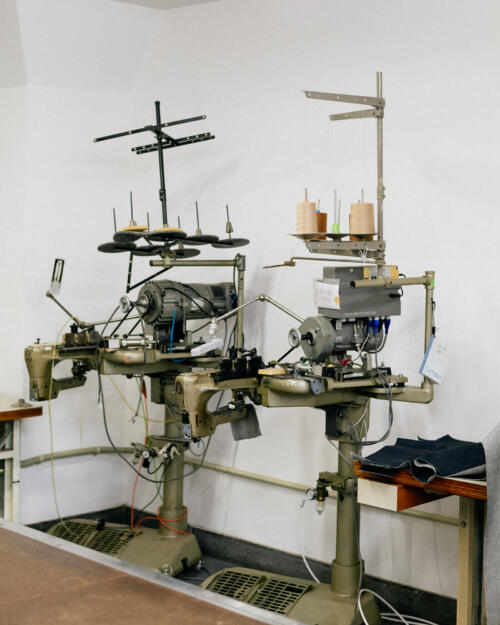
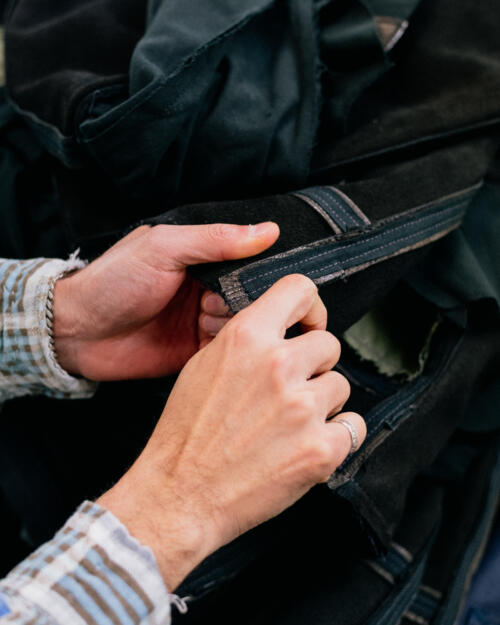
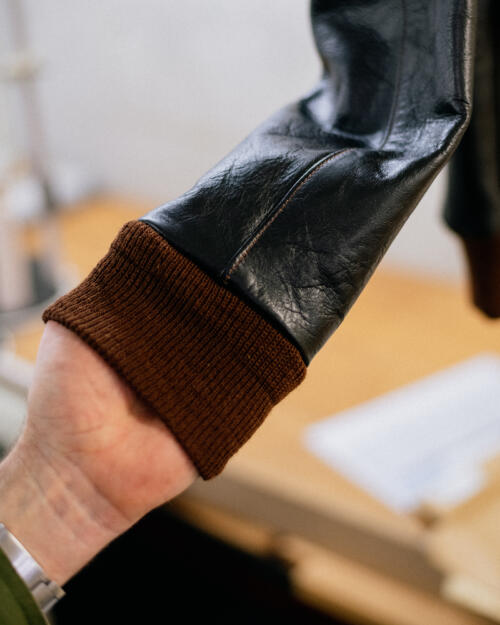
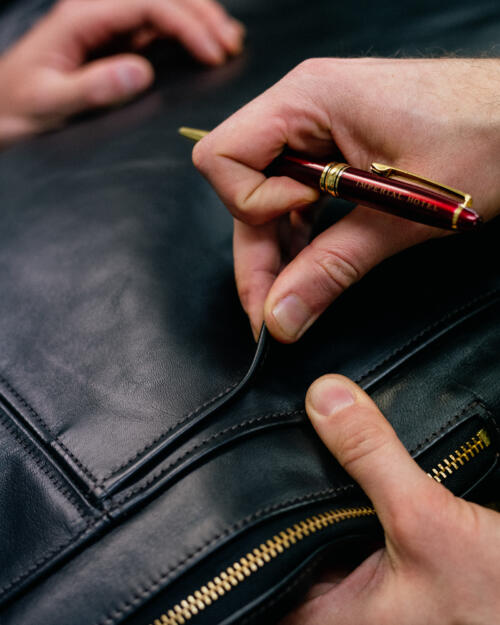
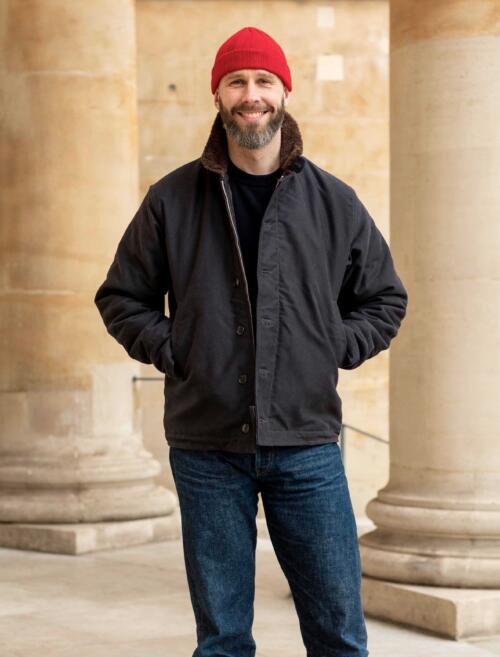
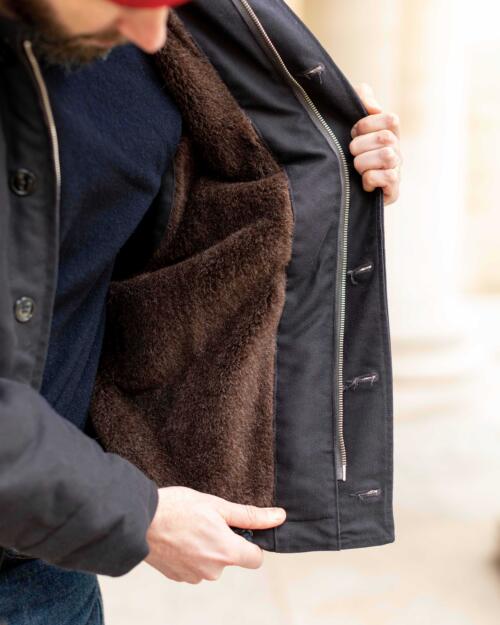
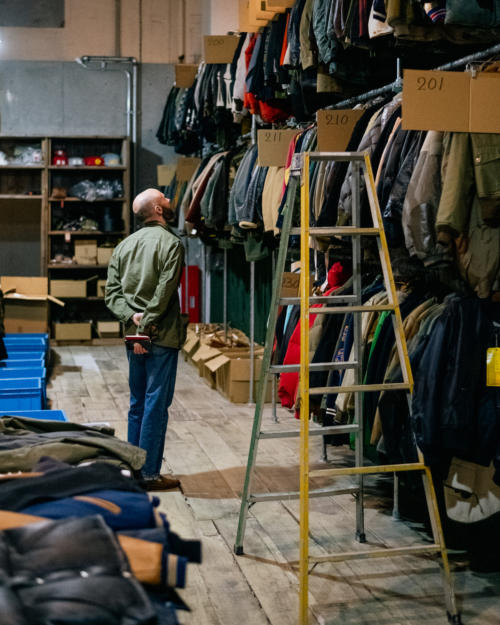


















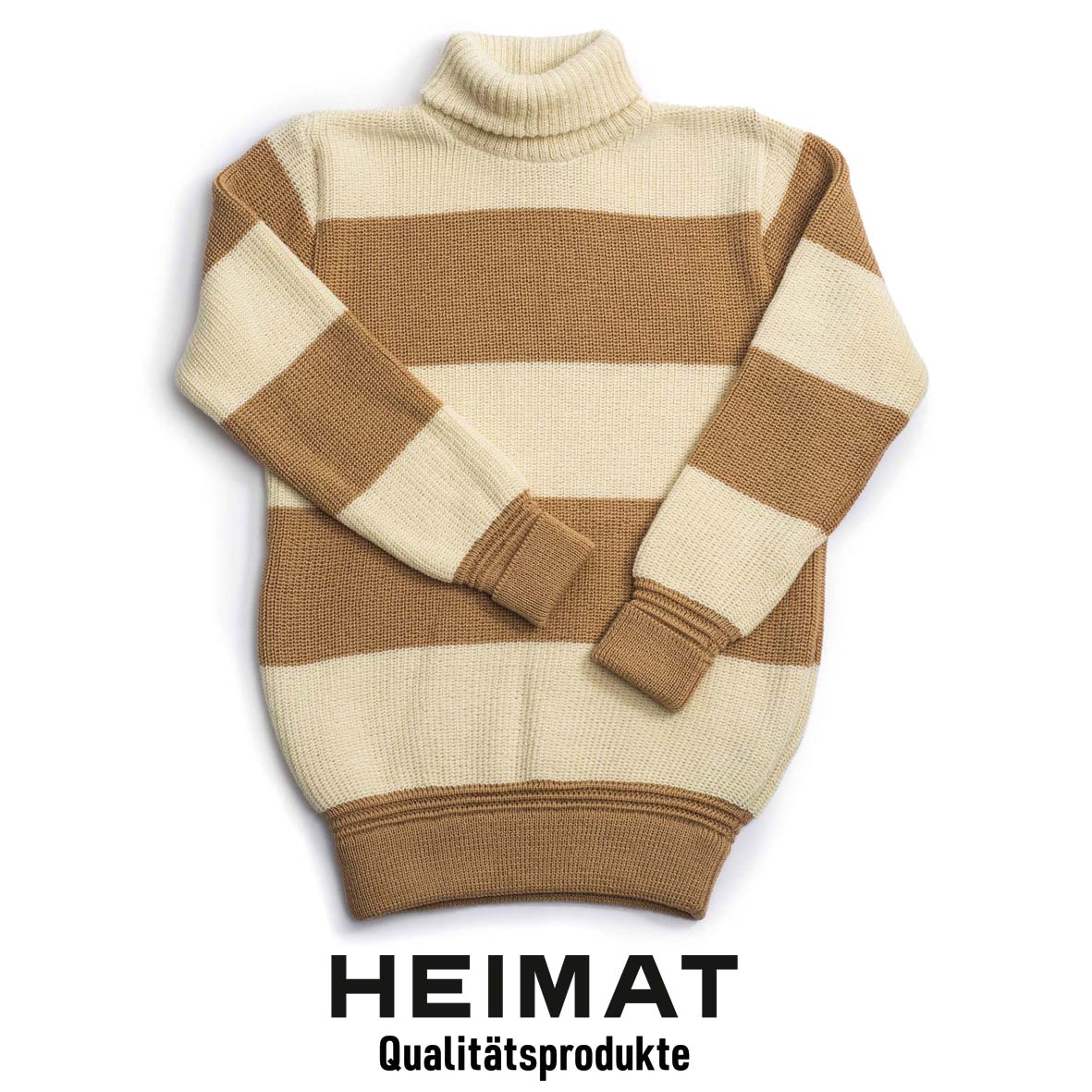










0 comments